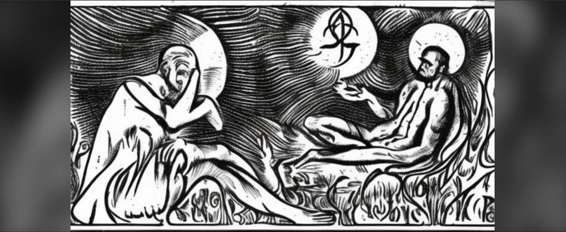Chapter 35
Being Healthy, Happy, and Loving
187
From the Author:
My name is John Erik Ege. I work in community mental health, holding an LPC-S, licensed professional counselor- supervisor, in the state of Texas. I graduated with a Masters of Arts in Community Counseling. This book is available for free, in PDF form, and so if you have a free version, feel free to share it. It is a collection of essays that essentially provide examples of how to dialogue with your subconscious mind.
I have approached this book from the position of a casual conversation, as if we were having coffee and discussing life. I have minimized clinical language, and have done my best to name sources, sometimes hyperlinking them. Should you find any of the essays enjoyable, you may like finding them online at Medium, as typically I have multiple articles and or videos linked at the conclusion of each essay that provides a great deal more contextual information.
Perhaps in reading these, I have made an assumption that the reader is minimally knowledgeable about a few topics, such as Carl Jung, Active Imagination, the Collective Unconscious, the Red Book, Napoleon Hill and his book Think and Grow Rich, the Invisible Counselor Technique, Rhonda Burne’s the Secret, Law of Attraction, meditation, tulpamancy, and tulpas.
Yes, you may find some ideas in this book too mysteriously magical and spiritual, but then, anyone who delves into the unconscious mind starts to find how strange reality really is. It matters not to me if we use magical terms or psychological terms, such as archetypes. Maybe they are the same thing. Maybe there is a discernible difference. I will leave that discernment to the reader.
For me, I have decided this. Knowing this stuff, practicing it to the degree that we allow ourselves to, results in fundamental, noticeable life change. It isn’t the lack of symptoms that defines wellbeing, but rather our interpretation of life. If it’s true that people in 3rd world countries report greater life satisfaction than people in first world countries, which the World Health Organization and psychological literature suggest is true, then what is it that drives depression and loneliness? Is it our relationships? Or is it the thoughts that allow for relationships to exist?
Let’s explore a few radical ideas together. They’re not new, exactly. After all, consider the Invisible Counselor Technique, which was published in the book Think and Grow Rich in the 1930s. Did you read that book? Do you remember that technique? And if it worked for Napoleon Hill, don’t you suppose it might work for you?
John Erik Ege





